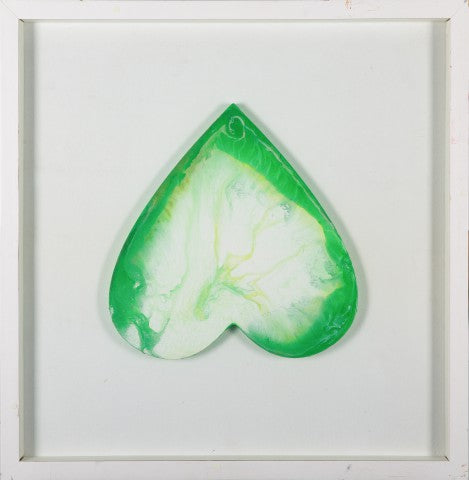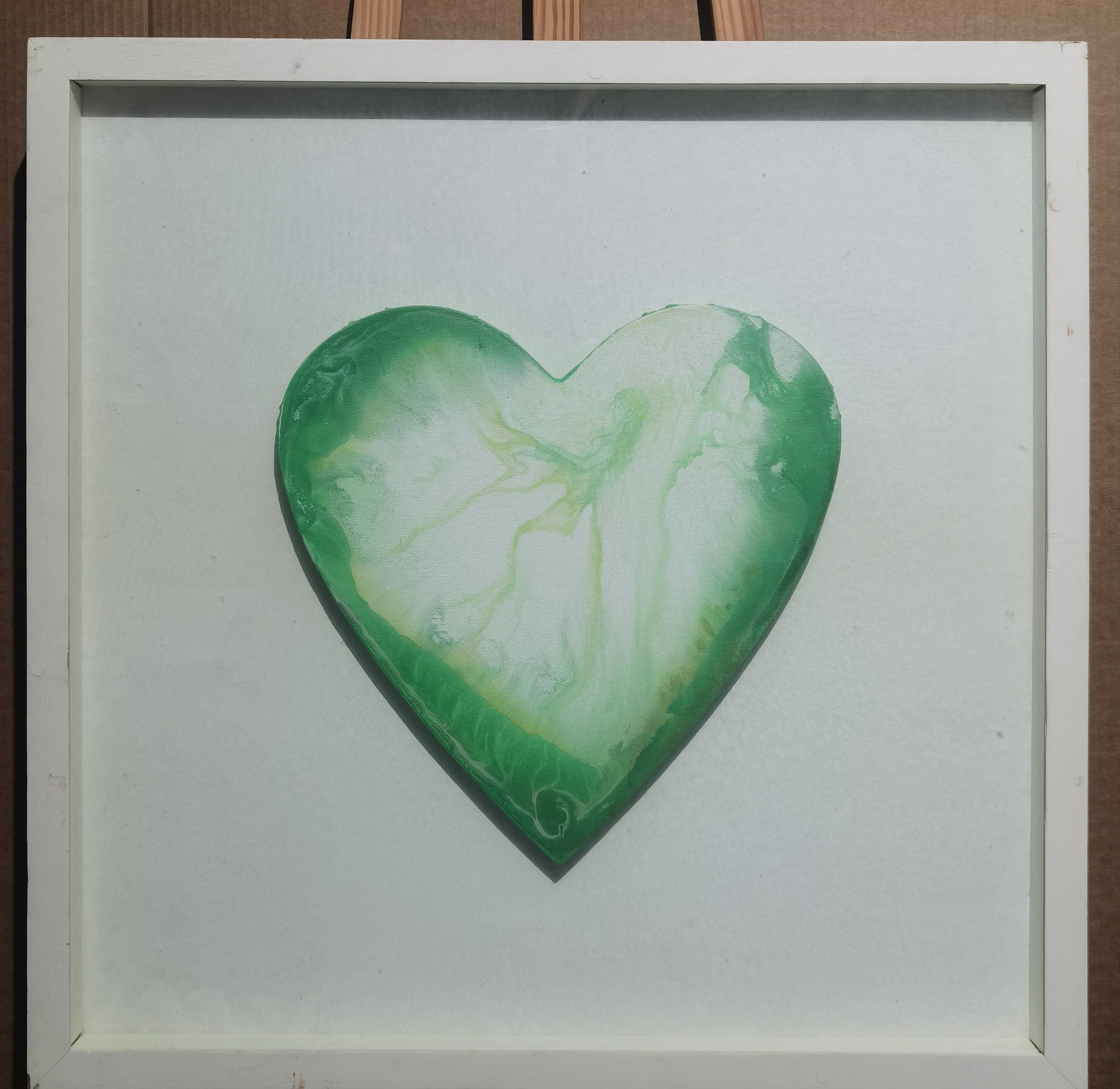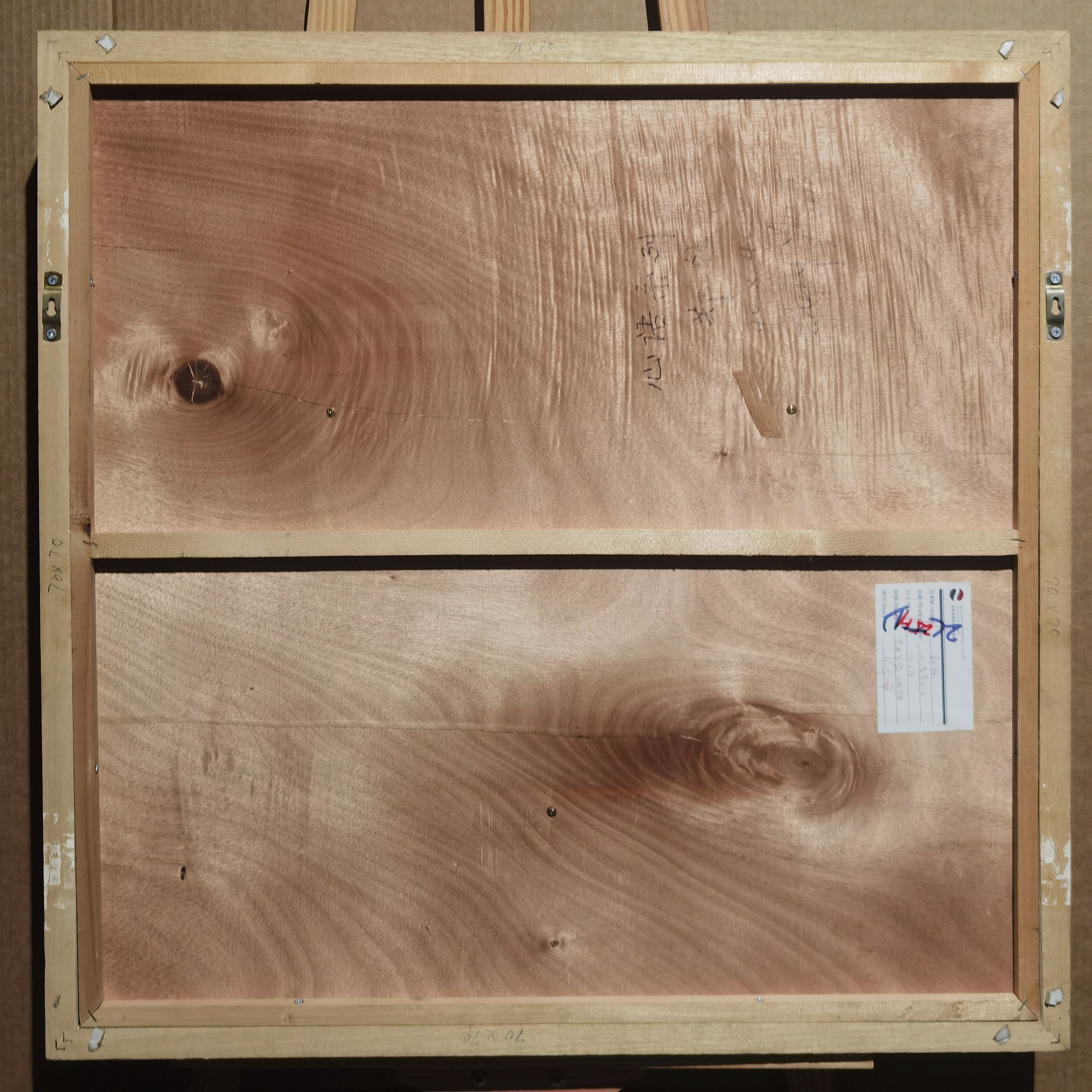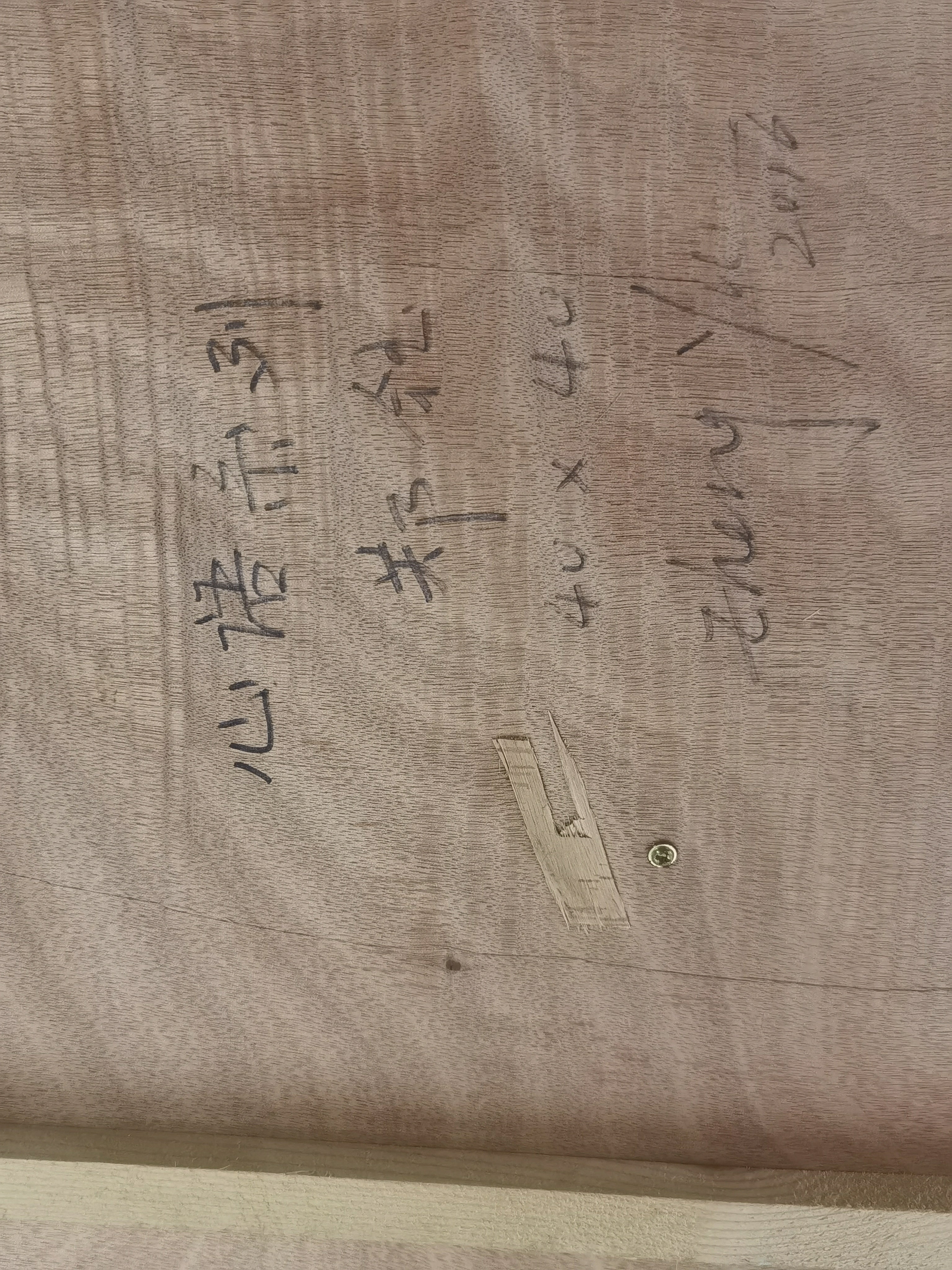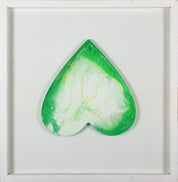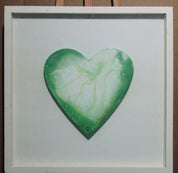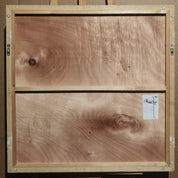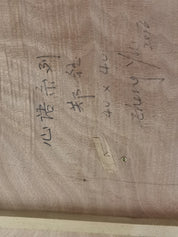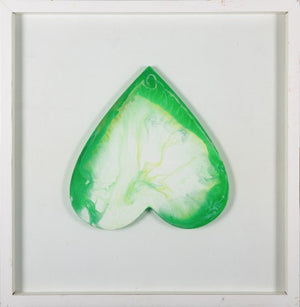Peach Blossom Land
Ming Zhu
Artwork Details
Artwork Description
Title:Peach Blossom Land
Artist: Ming Zhu
Date: Inscribed on painting
Medium: Oil on canvas
Dimensions: 11.8 x 15.7 in (30 x 40 cm)
Artwork Identification
Peach Blossom Land by Ming Zhu is an abstract oil painting on canvas, measuring 30 by 40 centimeters. The composition abandons representational clarity, instead embracing a dynamic interplay of color, form, and expressive brushwork. Layers of pigment and gestural strokes create a surface alive with rhythm and movement, evoking a poetic sensibility rather than a literal landscape.
Artistic Style and Influences
The work resonates with traditions of lyrical abstraction and gestural painting, aligning with movements such as Abstract Expressionism and Chinese contemporary abstraction. Its Title:, referencing the idyllic utopia of classical Chinese literature, suggests a conceptual dialogue between cultural heritage and modern artistic autonomy. Through chromatic contrasts and tactile application of paint, Ming Zhu creates an atmospheric composition that invites interpretation beyond visual literalism.
Historical Context
Bearing its date inscribed on the surface, Peach Blossom Land was created during a period in which contemporary Chinese artists actively reinterpreted historical and literary motifs through abstract language. In doing so, the work engages broader questions about identity, memory, and the possibilities of painting as a vehicle for cultural continuity in a globalized art world.
Provenance and Authenticity
For detailed provenance information and certificates of authenticity, please contact the gallery directly.
Condition and Conservation
The painting is in excellent condition, with no visible surface damage, pigment loss, or prior restoration. The canvas remains structurally sound, and the color saturation is preserved. Standard conservation care is advised for longevity.
Artistic Significance
Peach Blossom Land exemplifies Ming Zhu’s nuanced approach to abstraction, merging gestural immediacy with conceptual depth. Its reference to a literary utopia, rendered through a contemporary painterly idiom, makes it a significant acquisition for collectors and institutions exploring the intersections of tradition, abstraction, and cultural imagination in modern art.

